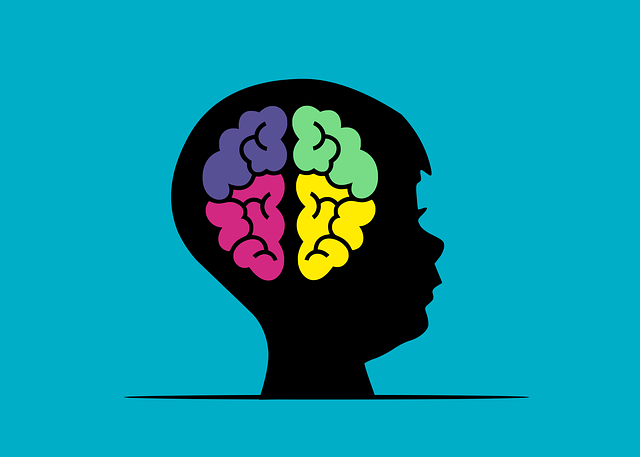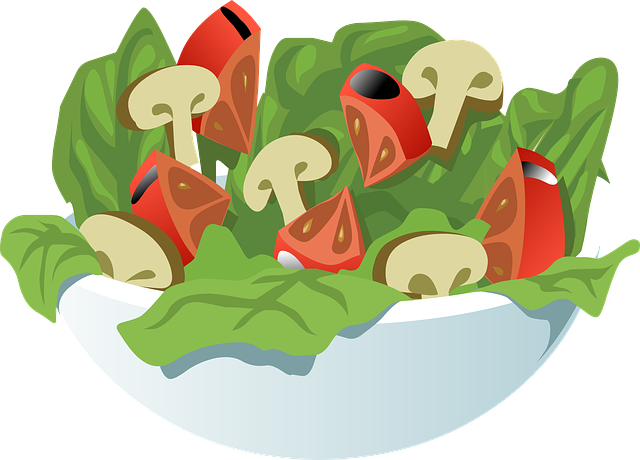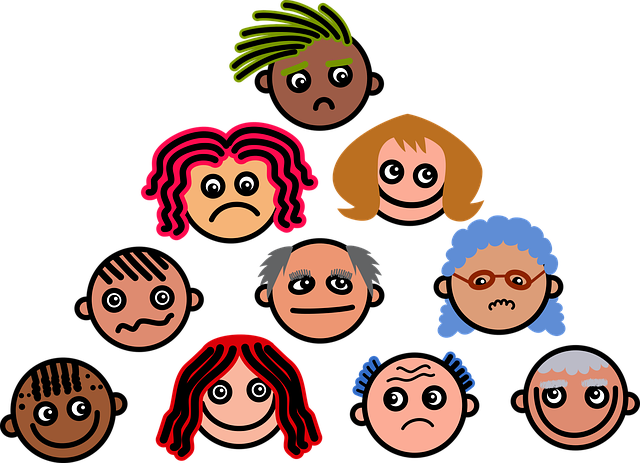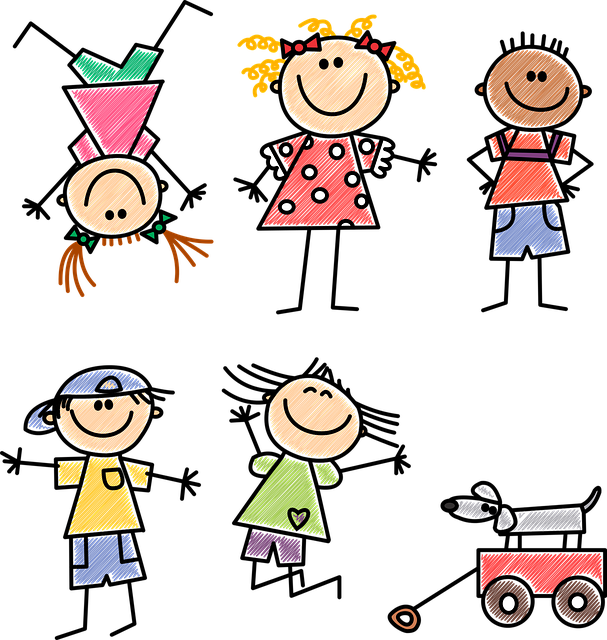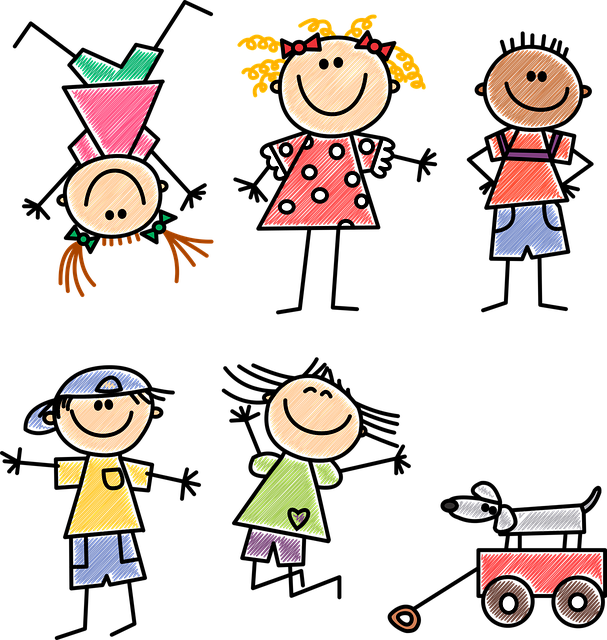
Speech and Language Videos
Ms. Rachel is a YouTube phenomenon. Children love her for her super animated and fun videos. What I love about her is how she engages children in an exciting way but also uses/includes speech and language targets for toddlers. They are a great substitute (instead of watching Cocomelon) during TV/tablet time for children that are speech and language delayed or new language learners! Below are a few links to some of my favorite Ms. Rachel clips. Check her page out! https://www.youtube.com/watch?v=-1DYsiKC7b4 https://www.youtube.com/watch?v=7siu3eOW1VQ https://www.youtube.com/watch?v=_R0xRT2y7Uo https://www.youtube.com/watch?v=hOHrqPI9bVk

